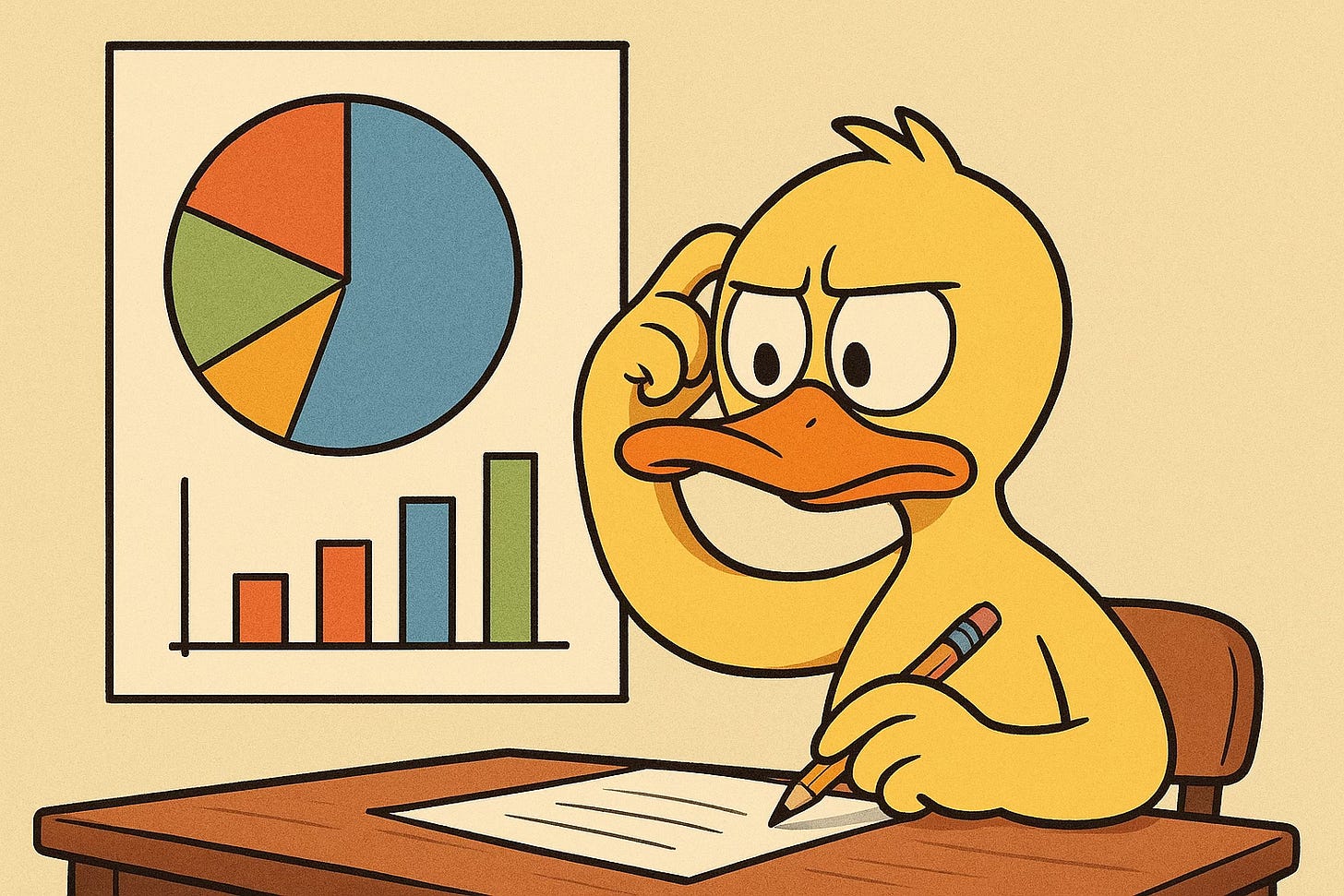Pulling Public Datasets For Analysis
Charting via Python is not too hard
Throughout my career, I’ve had to at times, pull government and/or public datasets for analytics. As an example, when I worked in transportation and logistics as an analyst, each month we would go to the department of energy website and pull in fuel forecasts to help us understand where our budget would potentially land in case the price of fuel went u…
Keep reading with a 7-day free trial
Subscribe to High Performance DE Substack to keep reading this post and get 7 days of free access to the full post archives.


